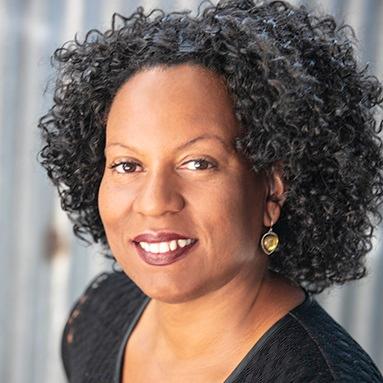
This story was originally published by Chalkbeat. Sign up for their newsletters at ckbe.at/newsletters.
By Jason Gonzales, Chalkbeat
Colorado would save $147 million next year by using a single-year student count for the purposes of calculating how to fund schools, according to the state’s budget director.
Colorado funds its school districts per student, and Gov. Jared Polis has proposed using a single-year student count rather than a multi-year average to help balance a $1 billion shortfall. Because Colorado’s enrollment is declining, using a single-year count would cost less.
But school district officials pushed back during a legislative hearing Thursday, saying the maneuver would amount to Colorado once again balancing its budget on the backs of students.
They said cutting education dollars would be especially disappointing given that state lawmakers just got rid of another measure that allowed the state to redirect mandated school funding to other priorities. That measure was known as the budget stabilization factor or the negative factor. This new proposed measure would be no better, they said.
“I understand why the governor and the leadership doesn’t want to refer to this as the negative factor,” said Cherry Creek School District Chief Financial and Operating Officer Scott Smith. “I’m happy to keep referring to it as the Polis stabilization factor if that sounds better.”
Colorado currently uses a five-year enrollment average to determine how much per-pupil funding to send to school districts. A newly revamped school funding formula passed by state lawmakers last year changes that to a four-year enrollment average for some districts starting next year.
Lawmakers and school officials hit on the enrollment averaging issue numerous times during the daylong hearing of the House and Senate education committees Thursday.
A separate committee, the six-member Joint Budget Committee, will have the most say on how lawmakers will address the billion-dollar budget hole in the 2025-26 fiscal year.
Colorado Budget Director Mark Ferrandino, who helped craft Polis’ proposal, told the education committee that funding districts based on a single year’s enrollment rather than a four-year average would protect school funding into the future. He said the governor’s proposal would keep the State Education Fund, a kind of savings account for education expenses, solvent.
“We’re trying to find a middle ground,” Ferrandino said.
But school finance officers from Aurora, Denver, Jefferson County, and Steamboat Springs said the change would renege on a policy promise made last year. Lawmakers agreed on the four-year average within the 2024 rewrite of the state’s 30-year-old finance formula.
The formula calls for the state to invest $500 million more into K-12 education over six years, starting with a proposed $150 million next year. The governor’s budget proposal would increase total K-12 spending to about $9.9 billion.
Denver Public Schools Chief of Finance Chuck Carpenter said school districts feel they must choose between having a new formula or keeping enrollment averaging. He said lawmakers did excellent work last year to create a new formula and boost education funding, and averaging was a part of the negotiations.
“I think to not stick with it would be a real mistake,” Carpenter said.
About 80% of the state’s 178 school districts would be negatively impacted by eliminating averaging, the finance officers said. The $150 million Polis is proposing for the school finance formula wouldn’t offset those cuts, they said, and rural schools would likely be hit the hardest.
Some lawmakers agreed with them. Others pushed back.
Senate Minority Leader Paul Lundeen, a Monument Republican who has wanted to eliminate averaging for years, said the change would ensure the state no longer pays for “phantom students.”
This year, the state is sending money to school districts for about 17,750 students who are no longer enrolled, according to legislative staff data. Next year, the state is expected to fund 11,860 such students.
Lundeen asked legislative staff members to calculate what it would look like for the state to phase out the averaging over a number of years instead of all at once.
“I have a fundamental discomfort that the $147 million does not go to students who are in the system today,” Lundeen said. “It goes to the shadow, the memory, the image of a student who once might have been in a school district.”
But Smith, the finance officer in Cherry Creek, disagreed. He said schools use that money to help the students who are currently enrolled and that without it, district leaders have to make difficult decisions. Districts might have to enact wage freezes or reduce the number of classroom teachers, counselors, success coaches, and other student support staff, he said.
“We were the one balancing the state’s budget,” Smith said. “Someone else’s turn is up.”
Jason Gonzales is a reporter covering higher education and the Colorado legislature. Chalkbeat Colorado partners with Open Campus on higher education coverage. Contact Jason at [email protected].









